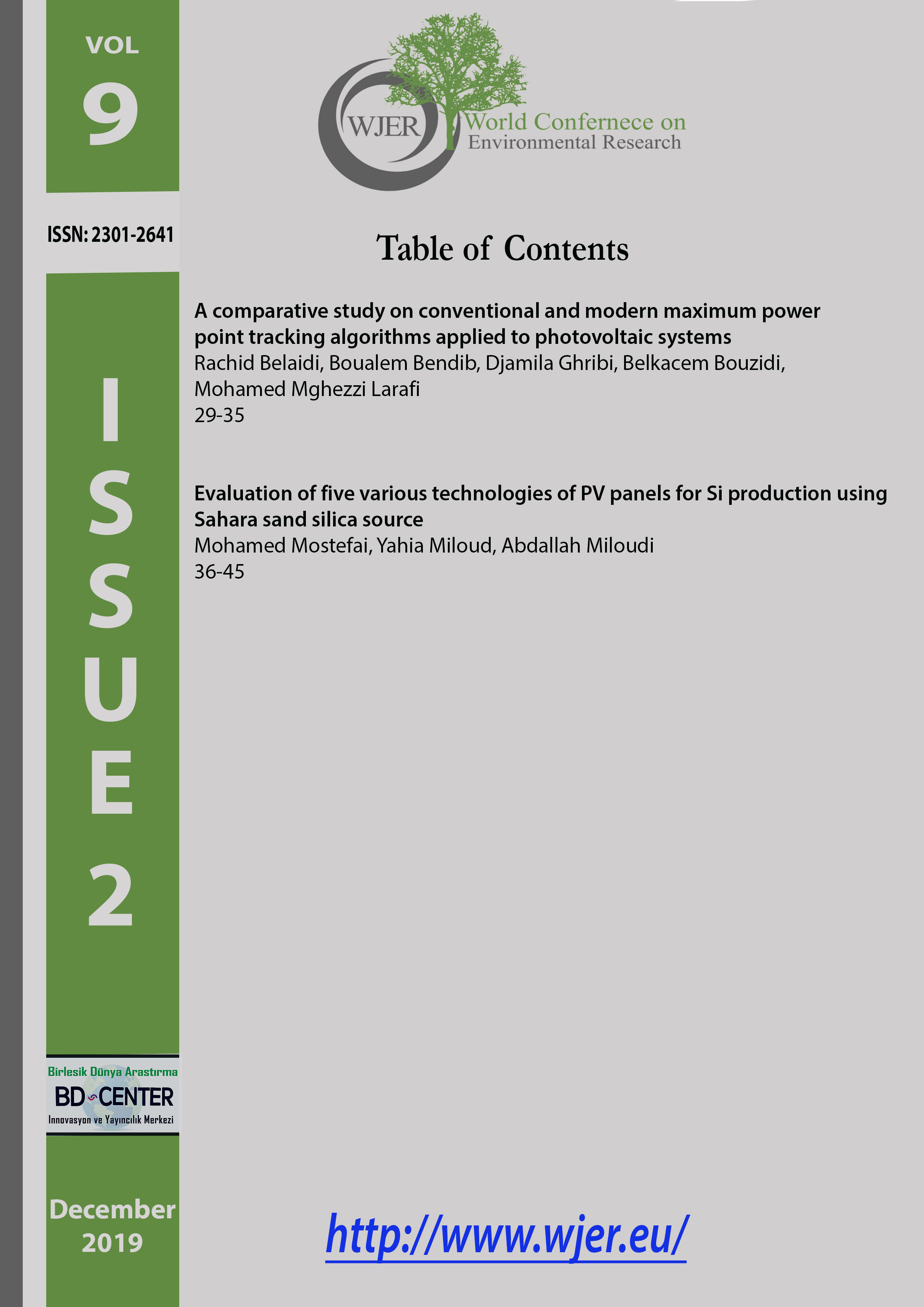
World Journal of Environmental Research
Yazarlar: Abeer Al Bawab, Ayat Bozeya, Fadwa Odeh
Konular:-
Anahtar Kelimeler:Linear alkyl benzene sulfonate,Branched alkyl benzene sulfonate,Phase diagram,Micelles,Aggregation
Özet: Systematic investigations into the phase behavior of a ternary system of linear alkyl benzene sulfonate (LAS) or branched alkyl benzene sulfonate (BAS) in oil (corn or olive oil) and water were carried out. The study showed that there is a relationship between the surfactants’ chemical structure, aggregation properties, and the formation of micelles. The aggregation properties were dramatically affected by small structural variations of the hydrophobic group at constant carbon number. Micelles formation was found to be correlated with the extent of chain branching by affecting oil-water interfacial tension, where the branched alkyl tail has significantly more ability to form micelles than the linear one. It was found possible to distinguish between LAS and BAS based on their phase behavior.